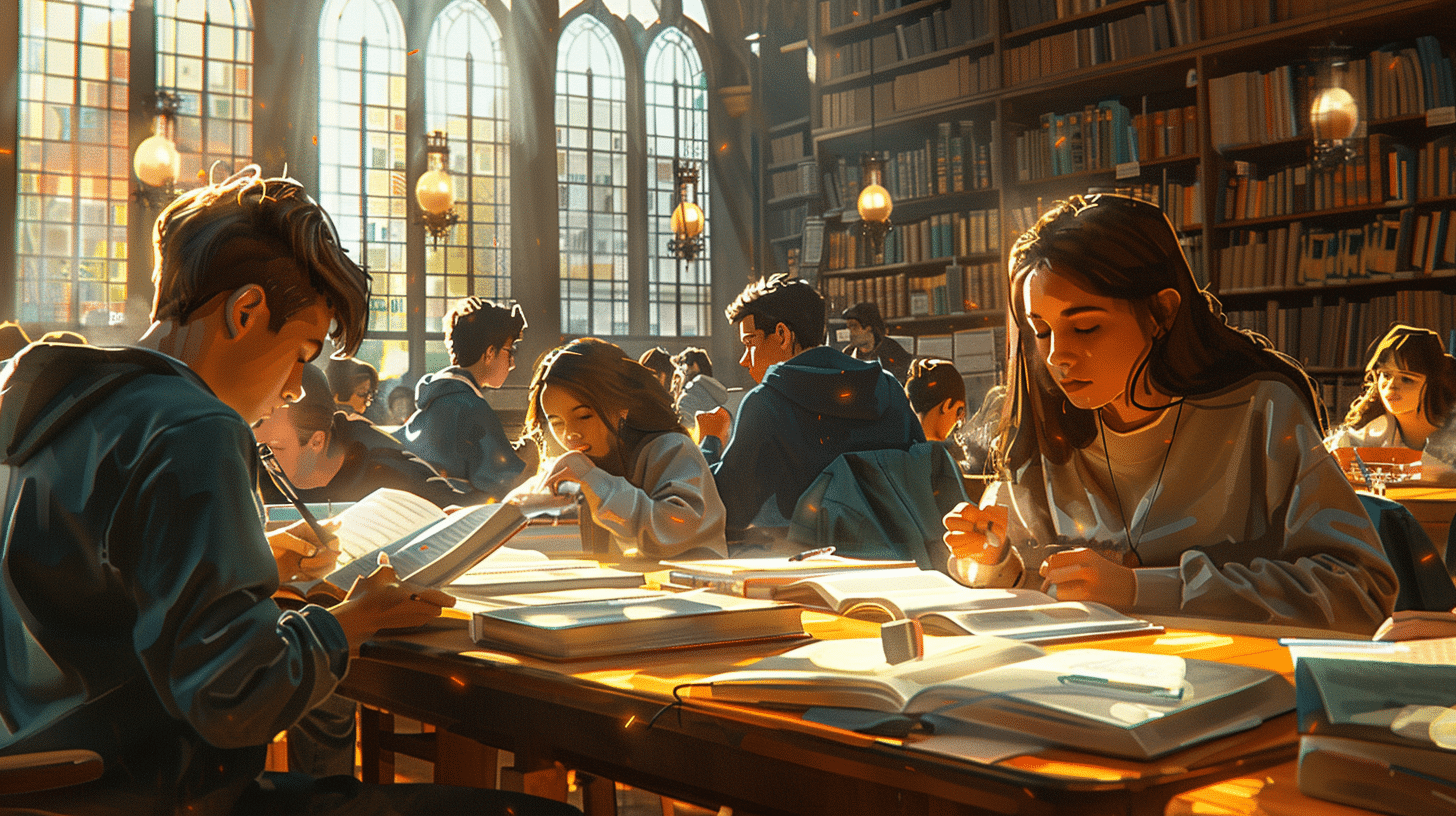Italian cinema has a storied history that dates back to the early 20th century. The first Italian films were produced in the late 1890s, shortly after the invention of the motion picture. These early films were often short documentaries and newsreels that captured everyday life in Italy.
One of the earliest significant Italian films was “L’Inferno” (1911), an adaptation of Dante Alighieri’s “Divine Comedy.” This silent film is notable not only for its ambitious scope but also for its pioneering special effects. Watching “L’Inferno” can give you a sense of the Italian literary tradition and early cinematic techniques.
The Golden Age: Neorealism
Italian cinema truly came into its own during the post-World War II era with the advent of Neorealism. This movement sought to portray the harsh realities of everyday life, often focusing on the struggles of the working class. Neorealist films were characterized by their use of non-professional actors, on-location shooting, and a focus on social issues.
One of the most famous Neorealist films is “Roma, città aperta” (Rome, Open City) directed by Roberto Rossellini in 1945. This film, set during the Nazi occupation of Rome, is a powerful depiction of resistance and suffering. Watching this film can help you understand the historical context of post-war Italy and hear authentic conversational Italian.
Another cornerstone of Neorealism is Vittorio De Sica’s “Ladri di biciclette” (Bicycle Thieves) from 1948. This film tells the story of a man and his son searching for a stolen bicycle, which is crucial for the man’s job. The dialogue in “Ladri di biciclette” is straightforward, making it an excellent choice for language learners to practice their listening skills.
Italian Cinema in the 1960s: The Era of Auteur Directors
The 1960s saw the rise of Italian auteur directors who brought a new level of artistry and innovation to cinema. Directors like Federico Fellini, Michelangelo Antonioni, and Pier Paolo Pasolini created films that were visually stunning and thematically complex.
Federico Fellini’s “La Dolce Vita” (1960) is a landmark film that captures the hedonistic lifestyle of Rome’s elite. The film’s dialogue is rich and varied, offering learners a chance to hear different registers of Italian, from the formal to the colloquial.
Michelangelo Antonioni’s “L’Avventura” (1960) is another significant film from this era. Known for its minimalist style and existential themes, “L’Avventura” offers a more subdued and reflective form of dialogue, which can be a good exercise in understanding nuanced Italian conversation.
Pier Paolo Pasolini’s “Il Vangelo secondo Matteo” (The Gospel According to St. Matthew) from 1964 is a unique blend of traditional and modern elements. This film, which retells the story of Christ, uses a mix of classical and contemporary Italian language, providing a broad linguistic range for learners.
Commedia all’Italiana: The Comedy Boom
In the late 1950s and 1960s, a new genre known as “Commedia all’Italiana” (Italian-style comedy) emerged. These films combined humor with social commentary, often highlighting the absurdities and contradictions of Italian society.
One of the most iconic films of this genre is “Divorzio all’Italiana” (Divorce Italian Style) directed by Pietro Germi in 1961. This dark comedy about a man plotting to kill his wife so he can marry his cousin is filled with witty dialogue and satirical humor. It’s an excellent film for language learners to pick up idiomatic expressions and colloquial speech.
Another notable film is Mario Monicelli’s “I Soliti Ignoti” (Big Deal on Madonna Street) from 1958. This heist comedy features a group of bumbling criminals and offers a plethora of regional accents and slang, giving learners exposure to different varieties of Italian.
Italian Cinema in the 1970s and 1980s: Political and Social Commentary
The 1970s and 1980s were marked by a wave of politically charged films that addressed social issues and historical events. Directors like Bernardo Bertolucci, Ettore Scola, and Lina Wertmüller used cinema as a platform for political and social critique.
Bernardo Bertolucci’s “Novecento” (1900) from 1976 is an epic historical drama that spans several decades and explores the lives of two friends from different social classes. The film’s extensive dialogue and historical context make it a rich resource for language learners interested in Italian history and politics.
Ettore Scola’s “Una giornata particolare” (A Special Day) from 1977 is a poignant drama set during the Fascist era. The film’s intimate dialogue between the two main characters, played by Marcello Mastroianni and Sophia Loren, provides learners with a deep dive into conversational Italian.
Lina Wertmüller’s “Pasqualino Settebellezze” (Seven Beauties) from 1975 is a dark comedy that follows the misadventures of a man trying to survive during World War II. The film’s sharp dialogue and satirical tone offer a unique linguistic and cultural perspective.
The Modern Era: Contemporary Italian Cinema
In recent decades, Italian cinema has continued to evolve, with directors exploring a wide range of themes and styles. Contemporary Italian films often address issues such as immigration, family dynamics, and the tensions between tradition and modernity.
One of the most acclaimed modern Italian films is Paolo Sorrentino’s “La Grande Bellezza” (The Great Beauty) from 2013. This visually stunning film offers a critique of modern Italian society and features a mix of formal and colloquial language, making it a valuable resource for learners.
Matteo Garrone’s “Gomorra” (Gomorrah) from 2008 is a gritty crime drama that delves into the world of the Neapolitan mafia. The film’s use of dialect and street language provides learners with exposure to regional varieties of Italian.
Alice Rohrwacher’s “Lazzaro Felice” (Happy as Lazzaro) from 2018 is a magical realist tale that explores themes of innocence and exploitation. The film’s lyrical dialogue and rural setting offer a different linguistic and cultural perspective.
Tips for Learning Italian Through Cinema
Now that we’ve explored the rich history of Italian cinema, let’s discuss some practical tips for using films as language learning tools.
1. Start with Subtitles
If you’re a beginner, start by watching Italian films with English subtitles. This will help you get a sense of the language’s rhythm and intonation while still understanding the plot. As you become more comfortable, switch to Italian subtitles to improve your reading skills and reinforce vocabulary.
2. Focus on Listening
Listening is a crucial skill in language learning. Pay close attention to how characters speak, their intonation, and their use of idiomatic expressions. Try to mimic their pronunciation and rhythm to improve your speaking skills.
3. Take Notes
Keep a notebook handy while watching films. Jot down new words, phrases, and expressions that you hear. Look them up after the film and try to incorporate them into your daily vocabulary practice.
4. Watch with a Purpose
Set specific language learning goals for each film. For example, focus on understanding the main plot, identifying key vocabulary, or practicing your listening comprehension. Having a clear objective will make your viewing experience more productive.
5. Rewatch and Review
Repetition is key to language learning. Don’t be afraid to rewatch films multiple times. Each viewing will help reinforce your understanding of the language and improve your comprehension skills.
6. Discuss and Engage
Join online forums or language exchange groups where you can discuss Italian films with fellow learners. Engaging in conversations about the films will help reinforce your understanding and provide opportunities to practice your speaking skills.
7. Explore Different Genres
Italian cinema offers a wide range of genres, from historical dramas to comedies to crime thrillers. Exploring different genres will expose you to various linguistic registers and cultural contexts, enriching your language learning experience.
Conclusion
Learning Italian through the history of Italian cinema is a captivating and effective approach. Italian films offer a unique window into the language, culture, and history of Italy. By immersing yourself in the world of Italian cinema, you can develop your listening skills, expand your vocabulary, and gain a deeper appreciation for Italian culture. So, grab some popcorn, sit back, and let the magic of Italian cinema enhance your language learning journey. Buona visione!





